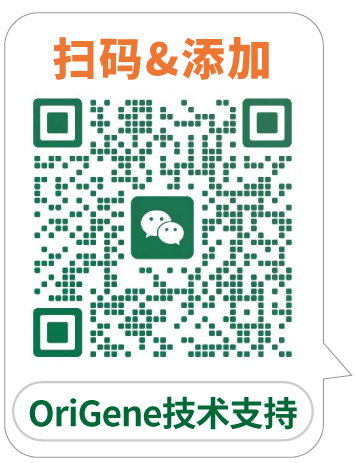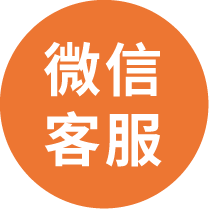Recombinant IL-10 (Interleukin-10), Human
CAT#: TP728235
Recombinant IL-10 (Interleukin-10), Human
|
Need it in bulk or customized? Get a free quote |
CNY 1890.00
货期*
2周
规格
Specifications
| Product Data | |
| Species | Human |
| Expression Host | E. coli |
| Expression cDNA Clone or AA Sequence |
MSPGQGTQSENSCTHFPGNLPNMLRDLRDAFSRVKTFFQMKDQLDNLLLKESLLEDFKGYLGCQALSEMIQFYLEEVMPQAENQDPDIKAHVNSLGENLKTLRLRLRRCHRFLPCENKSKAVEQVKNAFNKLQEKGIYKAMSEFDIFINYIEAYMTMKIRN with polyhistidine tag at the C-terminus
|
| Tag | His Tag (C-term) |
| Predicted MW | The protein has a calculated MW of 19.6 kDa. The protein migrates as 20 kDa under reducing condition (SDS-PAGE analysis). |
| Purity | >98% as determined by SDS-PAGE. |
| Buffer | The protein was lyophilized from a 0.2 µm filtered solution containing 1X PBS, pH 8.0. |
| Applications | Cell culture |
| Storage | Lyophilized protein should be stored at -20°C for 1 year. Upon reconstitution, store at 2°C to 8°C for up to 1 week. Further dilute in a buffer containing a carrier protein or stabilizer (e.g. 0.1% BSA, 10%FBS, 5%HSA or 5% trehalose solution), protein aliquots should be stored at -20°C or -80°C for 3-6 months. Avoid repeated freeze/thaw cycles. |
| Bioactivity | Measure by its ability to induce MC/9‑2 cells proliferation. The ED₅₀ for this effect is <1 ng/mL. The specific activity of recombinant human IL-10 is approximately >1x10⁶ IU/ mg. |
| Endotoxin | <0.01 EU per 1 μg of the protein by the LAL method. |
| Reference Data | |
| UniProt ID | P22301 |
| Synonyms | B-TCGF, CSIF, TGIF |
| Summary | Interleukin-10 (IL-10), also known as human cytokine synthesis inhibitory factor (CSIF), is an anti-inflammatory cytokine. Many different types of cells can produce IL-10, including immune cells and non-immune cells. IL-10 exerts inhibitory functions on DCs and macrophages, which is a potent inhibitor of antigen presentation and limit the production of the Th1-associated cytokines IL-2 and interferon-γ (IFN-γ). IL-10 is also a key immunoregulator during infection due to its inhibitory effect on inflammatory cytokine production. Consequently, the excessive Th1 and CD8+ T cell responses could be suppressed during infection. |
Documents
| FAQs |
| SDS |
Customer
Reviews
Loading...



